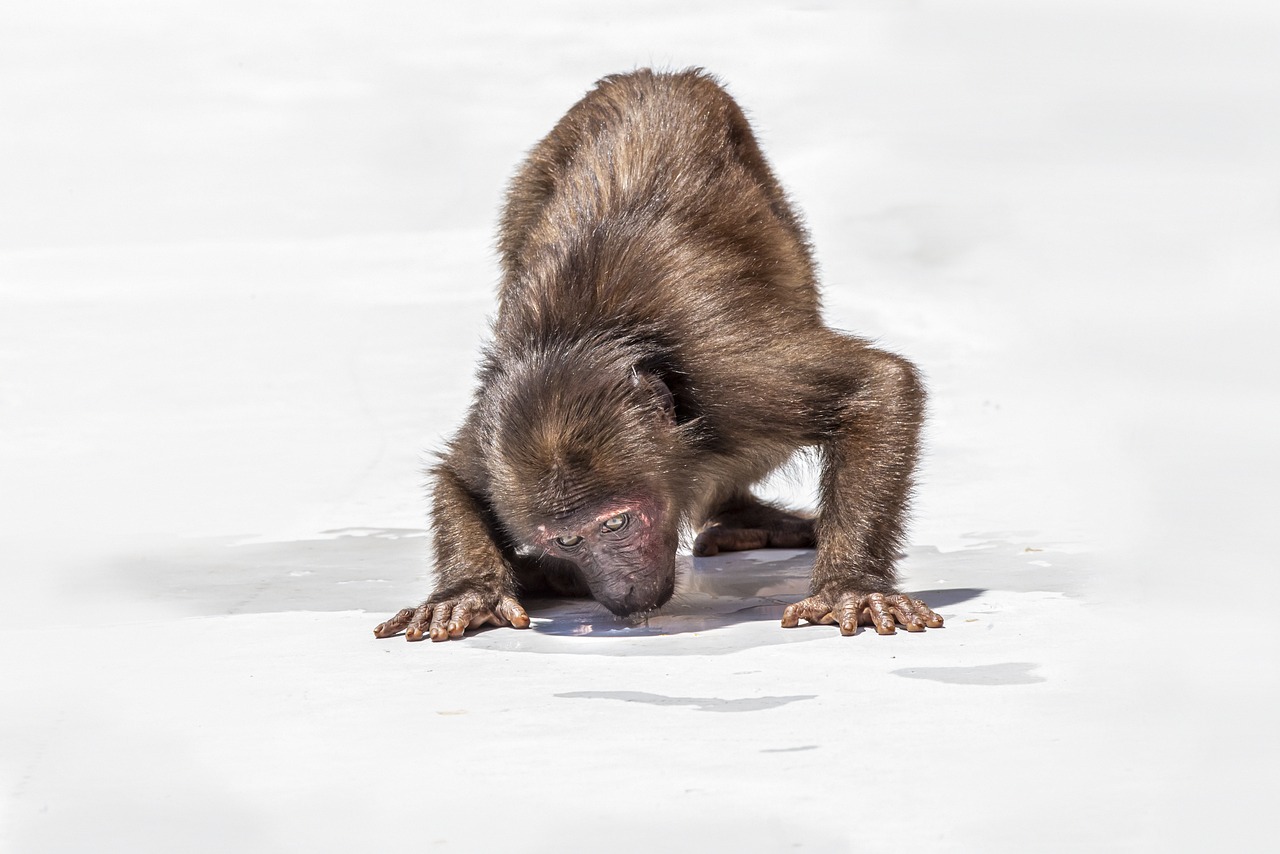The Stump-tailed macaque, also known as the Bear macaque or Short-tailed macaque, is a primate species native to Southeast Asia. Here are some key features and characteristics of the Stump-tailed macaque:
- Appearance: Stump-tailed macaques have a stocky build with short, stout limbs and a relatively short tail, which gives them their name “stump-tailed.” They have a dense fur coat that varies in coloration from grayish-brown to dark brown, with lighter underparts. Their faces are characterized by prominent cheek pouches and a short muzzle. Males are typically larger than females.
- Habitat: Stump-tailed macaques inhabit various forested habitats, including tropical rainforests, montane forests, and evergreen forests. They are arboreal animals, spending much of their time in the trees, where they forage for food, rest, and socialize. They are also found in secondary forests and disturbed habitats near human settlements.
- Distribution: Their range extends across Southeast Asia, including countries such as Thailand, Malaysia, Indonesia, Cambodia, Laos, Vietnam, and parts of Myanmar and China. They are also found on some islands, including Borneo and Sumatra.
- Diet: Stump-tailed macaques are omnivorous and have a varied diet. They primarily feed on fruits, seeds, leaves, flowers, and other plant parts, but they also consume insects, small vertebrates, bird eggs, and occasionally scavenged food. They have specialized stomachs and digestive systems that allow them to process a wide range of food items.
- Behavior: Stump-tailed macaques are highly social animals, typically living in groups known as troops, which can vary in size from a few individuals to over a hundred. Within troops, there is a complex social structure with dominant and subordinate individuals. They communicate through vocalizations, facial expressions, and body language.
- Reproduction: Breeding occurs throughout the year, with females giving birth to a single offspring after a gestation period of around 5 to 6 months. Young macaques are dependent on their mothers for nursing and care for several months before becoming independent. Males may disperse from their natal group upon reaching sexual maturity to avoid inbreeding.
- Conservation: Stump-tailed macaques are considered vulnerable to extinction due to habitat loss, habitat fragmentation, hunting, and the illegal pet trade. Their populations are declining across much of their range due to deforestation and human encroachment. Conservation efforts aimed at protecting their natural habitats and mitigating human-wildlife conflicts are crucial for their survival.
Overall, the Stump-tailed macaque is a fascinating and threatened primate species with a wide distribution across Southeast Asia, playing important ecological roles as seed dispersers and contributing to the biodiversity of their habitats.
Visited 897 times, 2 visit(s) today
Views: 1307
Subscribe to the newsletter:
